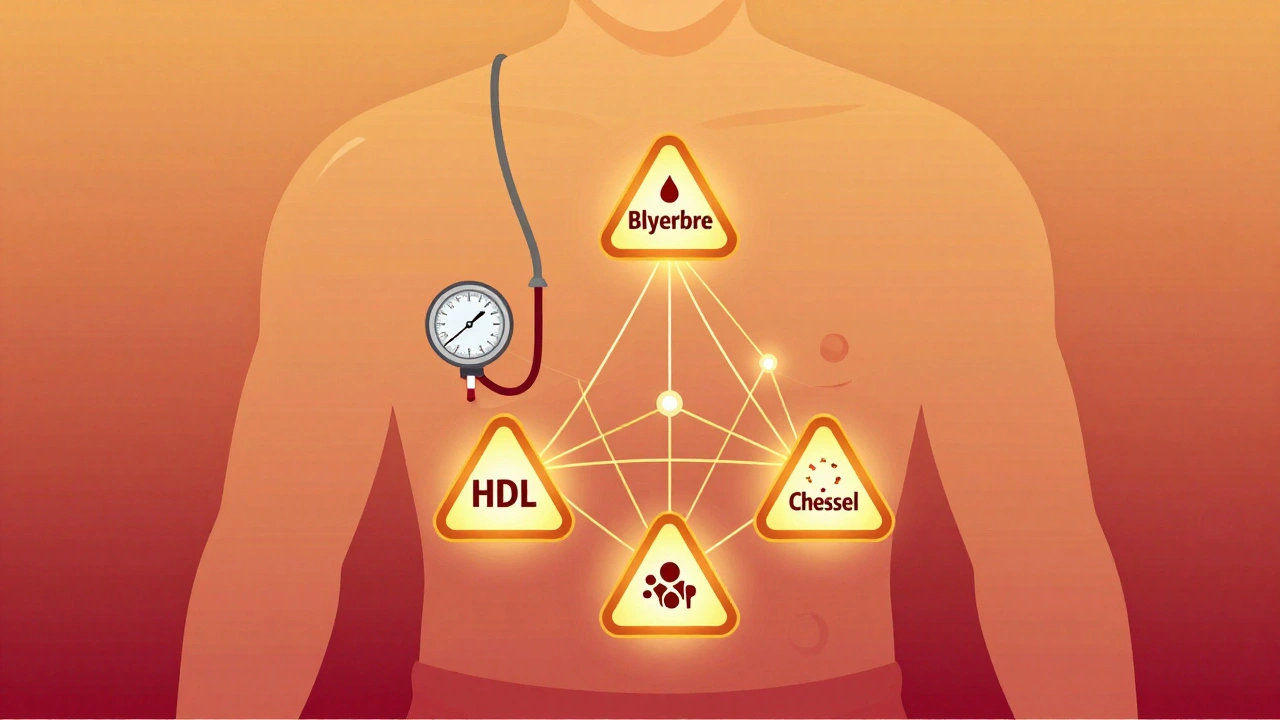Anti-Inflammatory Guide: What Works, When to Use It, and How to Stay Safe
If you’re dealing with sore muscles, a painful joint, or a nagging headache, you’ve probably reached for something that reduces inflammation. In plain terms, an anti-inflammatory either blocks the chemicals that cause swelling or calms the body’s response to injury. Below we break down the most common drug choices, a few natural helpers, and the safety tricks you should know.
Common Over‑The‑Counter Anti‑Inflammatories
Ibuprofen (sold as Motrin, Advil) and naproxen (Aleve) are the go‑to non‑steroidal anti‑inflammatory drugs (NSAIDs). They work by stopping an enzyme called COX that makes prostaglandins – the messengers that cause pain, fever, and swelling. A single dose of ibuprofen can lower a headache in 30‑45 minutes, while naproxen lasts longer, so you may need fewer pills throughout the day.
Ketorolac, known by its brand name Toradol, is a stronger NSAID you’ll only see with a prescription. It’s great for short‑term pain after surgery, but doctors limit it to five days because of kidney and stomach risks.
Prescription Options and When They’re Needed
When OTC meds aren’t enough, doctors may prescribe stronger NSAIDs like diclofenac or celecoxib, or even a short course of steroids such as prednisone. Steroids knock down inflammation fast but can raise blood sugar and cause mood swings, so they’re usually limited to a few weeks.
If you’ve heard about Zantac, that’s a different story – it’s a heartburn drug, not an anti‑inflammatory. Still, it shows how medications can be repurposed or recalled, so always double‑check what a pill is meant for.
For chronic conditions like arthritis, some patients combine a low‑dose NSAID with a disease‑modifying drug (DMARD) to keep joints moving longer. Talk to your pharmacist about safe combos – mixing NSAIDs with blood thinners, for example, can raise bleed risk.
Natural Anti‑Inflammatory Helpers
Turmeric, ginger, and omega‑3 fish oil have real anti‑inflammatory properties. Turmeric’s active ingredient, curcumin, blocks the same COX pathway as NSAIDs but with fewer stomach issues. A typical dose is 500‑1,000 mg of a standardized extract twice a day.
Hops, the plant used in brewing, also shows promise for reducing inflammation and easing sleep problems. If you prefer a supplement, look for hops extract that’s been graded by the Australian TGA for safety.
Don’t forget lifestyle tweaks: regular movement, balanced meals, and good sleep all lower the body’s baseline inflammation. Even a 15‑minute walk can drop inflammatory markers after a few weeks.
Safety First – What to Watch Out For
Always read the label for dosage limits. For ibuprofen, the ceiling is 3,200 mg per day for adults. Exceeding it raises the chance of stomach ulcers, kidney injury, or heart problems.
If you have a history of heart disease, kidney disease, or ulcer‑related issues, stick to the lowest effective dose or ask your doctor about alternatives like acetaminophen (which isn’t an anti‑inflammatory but can help with pain).
Pregnant women should avoid most NSAIDs after the third trimester because they can affect the baby’s heart and kidney function. Tylenol is usually the safer choice during pregnancy, but check with a healthcare provider first.
Finally, if you’re buying meds online, use only reputable pharmacies. Look for verification symbols, read reviews, and never share your prescription with strangers. Safe buying tips are covered in our guides on Requip, Ropinirole, and other meds.
Understanding how anti‑inflammatory drugs work and when to use them helps you stay in control of pain without unwanted side effects. Pick the right option, follow the dosage, and keep an eye on how your body reacts – that’s the best recipe for feeling better fast.






